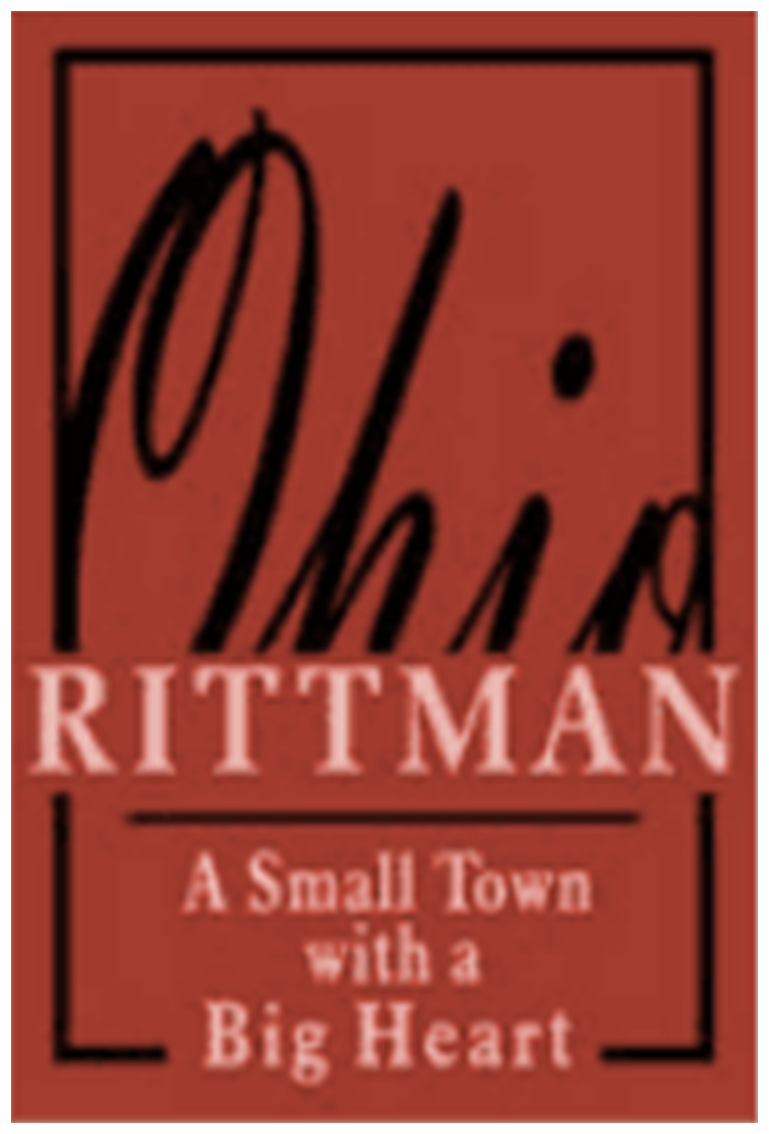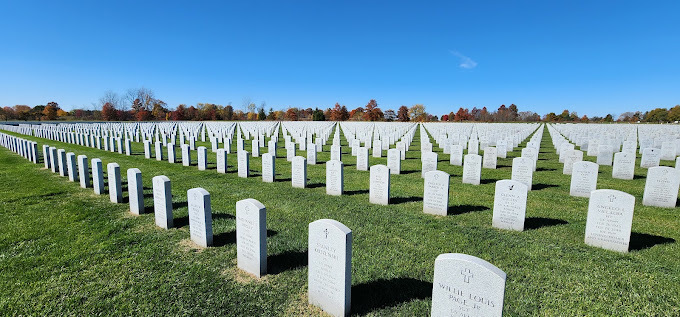Eligibility
Most veterans who have been discharged from active duty military service under other than dishonorable conditions are entitled to burial in a National Cemetery. There are time restrictions for enlisted personnel who began their active service after September 7, 1980, and officer personnel who entered service after October 17, 1981. They must have completed 24 months of continuous service or the full period for which called to active duty, whichever is shorter.
Others include:
Any member of the U.S. Armed Forces who dies while serving on active duty
Any person who has retired from the Army or Air National Guard or from the Reserves
Minor dependent children of an eligible active-duty member or veteran who are unmarried and under the age of 21
The spouse of an eligible active duty member or veteran, even if the veteran or active duty member is not interred in a National Cemetery
Veterans prior to completing 24 months of continuous service
Spousal Interment
If the spouse of an eligible veteran passes away before the veteran, the spouse may be interred at a National Cemetery. Space for the veteran will be reserved in the same site.
Costs
There is no charge for any service provided by a National Cemetery, including grave space, a grave liner, the opening and closing of the grave, an upright headstone or flat marker and all perpetual grave care.
Arrangements
Because there are no advanced arrangements to be made, when death occurs the next of kin of the decedent should contact a funeral home, providing a copy of the veteran's discharge document or whatever military service-related documents are available. The funeral director will then contact the National Cemetery office to arrange interment. The following should also be provided:
Complete name of the veteran
Date and place of birth and death
Dates of service
Military rank and service
Social security numbers
Veterans Affairs (VA) Claim number
If all of this information is not available, as much as possible should be provided. Because the military service of each veteran must be verified, failure to provide the required data may result in a delay of burial.

